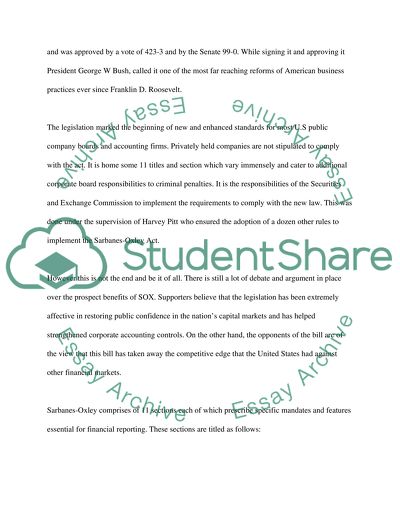Cite this document
(“SOX Project Essay Example | Topics and Well Written Essays - 3250 words”, n.d.)
SOX Project Essay Example | Topics and Well Written Essays - 3250 words. Retrieved from https://studentshare.org/miscellaneous/1515766-sox-project
SOX Project Essay Example | Topics and Well Written Essays - 3250 words. Retrieved from https://studentshare.org/miscellaneous/1515766-sox-project
(SOX Project Essay Example | Topics and Well Written Essays - 3250 Words)
SOX Project Essay Example | Topics and Well Written Essays - 3250 Words. https://studentshare.org/miscellaneous/1515766-sox-project.
SOX Project Essay Example | Topics and Well Written Essays - 3250 Words. https://studentshare.org/miscellaneous/1515766-sox-project.
“SOX Project Essay Example | Topics and Well Written Essays - 3250 Words”, n.d. https://studentshare.org/miscellaneous/1515766-sox-project.


